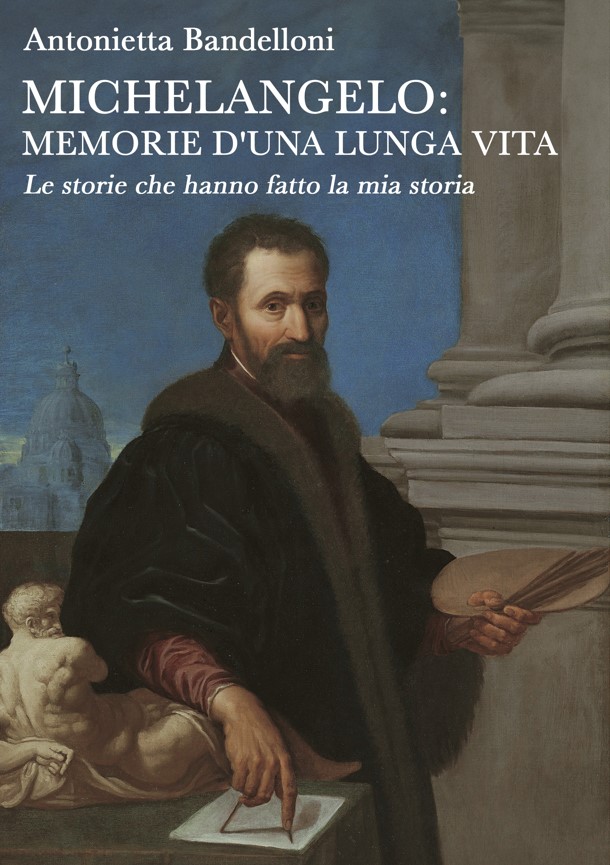17 febbraio del 1530: la partita d’assedio
Il calcio fiorentino ha origini antiche come probabilmente sapete e fra le partite più importanti che furono giocate nel corso dei secoli c’è sicuramente quella del 17 febbraio del 1530.
La città era assediata dall’esercito di Carlo V sostenuto da papa Clemente VII de’ Medici che voleva restituire le redini della città proprio alla famiglia sua.
Firenze era circondata dai nemici e oramai sembrava non ci fosse scampo: il destino era segnato e presto la Repubblica avrebbe dovuto cedere le armi e arrendersi al dominio dei Medici come in effetti poi fu.

Ma cosa comportava l’assedio per una città?
Per prima cosa la città veniva isolata bloccando tutte le vie di comunicazione esterne. In questo modo era difficilissimo far arrivare derrate alimentari da fuori e quelle che riuscivano a passare avevano costi proibitivi un po’ per tutti. Ma non solo: dopo diverse settimane di assedio era inevitabile che venisse razionato il cibo per evitare di finire le scorte in tempi brevi.
In quel momento Firenze, oltre a tutti questi casini, doveva fronteggiarsi pure con la piaga della peste che mieteva vite quasi i corpi fossero fieno in balia della falce.
La partita: 25 bianchi contro 25 verdi
Ma i fiorentini, lungi dal voler darsi per vinti, vollero comunque giocare la partita di calcio alla presenza di tutte le autorità del tempo in Piazza Santa Croce.
Per schernire ancor di più in nemico, un nutrito gruppo di musici pare si fosse arrampicato sul tetto della chiesa di Santa Croce per accompagnare con la sua musica ogni fase della partita e farsi sentire ancor meglio dalle truppe di Carlo V.
Da tempo c’era la tradizione di giocare nel periodo di Carnevale ma quell’occasione fu un modo per sfidare il nemico oramai alle porte da quattro interminabili mesi.
Benedetto Varchi annotò quell’episodio raccontando la partita così: “Agli diciassette i giovani, si per non intermettere l’antica usanza di giocare ogn’anno per carnovale, e si ancora per maggior vilipendio de’ nimici, fecero in sulla piazza di Santa Croce una partita a livrea, venticinque bianchi e venticinque verdi, giocando una vitella; e per essere non soltanto sentiti, ma veduti misero una parte de’ sonatori con trombe e altri strumenti in sul comignolo del tetto di Santa Croce, dove dal Giramonte fu lor tratto una cannonata; ma la palla andò alta, e non fece male né danno a nissuna persona (…) e sì ancora per maggior vilipendio de’ nemici, la sfida data dai fiorentini, ormai stremati dai lunghi mesi precedenti d’assedio, doveva essere amplificata e ben comunicata”.
Chi erano i calcianti della partita d’assedio?
I calcianti che si sfidarono sul campo erano le stesse milizie che da mesi erano impegnate a difendere la città dall’assedio. Fu un momento di svago in barba al nemico.
Gli uomini erano tutti coinvolti nel difendere Firenze e la Repubblica eccetto ovviamente chi parteggiava per il ritorno dei Medici al potere.
Chi vinse?
Non è dato sapere chi vinse quella partita perché in nessun cronaca viene riportato.
Fatto sta che l’assedio non durò ancora per molto tempo: la popolazione era stremata e in città gioco forza tornarono a regnare i Medici, decretando così la fine della Repubblica. I repubblicani furono perseguitati uno a uno e non fecero ahimè una bella fine. Fu una strage, né più, né meno.
Il sempre vostro Michelangelo Buonarroti e i suoi racconti
February 17, 1530: the siege match
Florentine football has ancient origins as you probably know and among the most important matches that were played over the centuries there is certainly that of February 17, 1530.
The city was besieged by the army of Charles V supported by Pope Clement VII de ‘Medici who wanted to return the reins of the city to his family.
Florence was surrounded by enemies and by now it seemed there was no escape: fate was sealed and soon the Republic would have to give up its arms and surrender to the dominion of the Medici as it actually happened.
But what did siege entail for a city?
First, the city was isolated by blocking all external communication routes. In this way it was very difficult to get foodstuffs from outside and those that managed to get through had prohibitive costs for everyone. But that was not all: after several weeks of siege, it was inevitable that food would be rationed to avoid running out of supplies in a short time.
At that moment Florence, in addition to all these messes, also had to face the plague that reaped lives as if the bodies were hay at the mercy of the scythe.
The game: 25 whites against 25 greens
But the Florentines, far from wanting to give up, still wanted to play the football match in the presence of all the authorities of the time in Piazza Santa Croce.
To mock the enemy even more, a large group of musicians apparently climbed onto the roof of the church of Santa Croce to accompany each stage of the match with their music and make themselves heard even better by the troops of Charles V.
There had long been a tradition of playing during the Carnival period but that occasion was a way to challenge the enemy who had been around for four interminable months.
Who were the kickers of the siege match?
The kickers who challenged each other on the field were the same militias who had been busy defending the city from the siege for months. It was a moment of leisure in defiance of the enemy.
The men at the time were all involved in defending Florence and the Republic except of course those who supported the return of the Medici to power.
Who won?
It is not known who won that game because it is not reported in any chronicle. The fact is that the siege did not last much longer: the population was exhausted and in the city, the Medici returned to reign by decreeing the end of the Republic. The supporters of the republic were persecuted one by one and unfortunately did not end well. It was a massacre, no more, no less.
Your always Michelangelo Buonarroti and his stories

Sostienici – Support Us
Se questo blog ti piace e ti appassiona, puoi aiutarci a farlo crescere sempre più sostenendoci in modo concreto condividendo i post, seguendo le pagine social e con un contributo che ci aiuta ad andare avanti con il nostro lavoro di divulgazione. . ENGLISH: If you like and are passionate about this blog, you can help us make it grow more and more by supporting us in a concrete way by sharing posts, following social pages and with a contribution that helps us to move forward with our dissemination work.
5,00 €















1 commento »